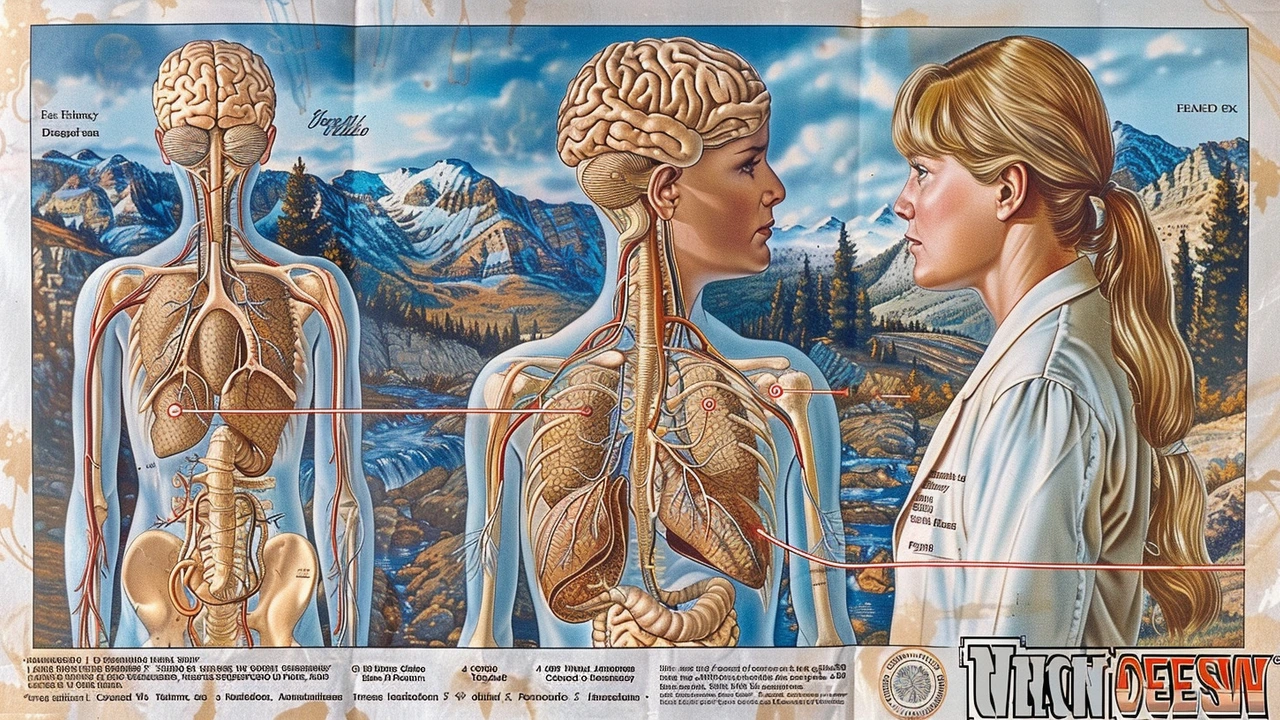Central cranial diabetes insipidus and thyroid disorders — June 2024 posts
In June 2024 we published a clear piece linking central cranial diabetes insipidus (CDI) with thyroid problems. The article focused on why the two conditions can occur together, how one can change the signs of the other, and what practical steps patients and doctors should take. If you have very frequent urination, extreme thirst, and a known thyroid condition, this summary will help you know the next steps and what tests to ask for.
Why the connection matters
CDI develops when the posterior pituitary does not release enough antidiuretic hormone (ADH). Without ADH the kidneys cannot concentrate urine and you lose large amounts of water. Autoimmune thyroid disease often occurs with other autoimmune processes that may affect the pituitary or hypothalamus. When that happens, CDI and thyroid disorders can appear in the same person. Low thyroid hormone levels also change how the body handles water and sodium, so hypothyroidism can mask or worsen CDI symptoms.
This matters because missed CDI can lead to high sodium and dehydration, while untreated thyroid disease can change fluid balance and alter response to CDI treatment. For people with one diagnosis, a new or worsening change in thirst, urine volume, weight, energy, or mental clarity should trigger a review of both pituitary and thyroid function.
What to watch for and what doctors will do
Typical CDI signs include passing very large volumes of clear urine, waking at night to drink, and feeling constantly thirsty. Additional signs may include dizziness, low blood pressure when standing, muscle cramps, or confusion if sodium rises. For thyroid disease, look for fatigue, cold intolerance, weight changes, or changes in heart rate.
Your clinician will often order blood sodium, serum osmolality, urine osmolality, TSH, and free T4. Special tests include a water deprivation test or measurement of copeptin or ADH. An MRI of the brain focused on the pituitary gland helps find inflammation, scar tissue, or tumors. If an autoimmune pituitary condition is suspected, other pituitary hormones will be checked.
Treatment and follow up
Desmopressin is the main therapy for CDI and usually controls urine volume and thirst. If pituitary inflammation is present, steroids or immune therapies may be needed. Treating thyroid dysfunction can change how much desmopressin a patient needs, so dose adjustments and closer follow up are common after starting or changing thyroid medication. Regular checks of sodium and symptoms are important during treatment changes.
Practical tips
Keep a daily record of fluid intake and urine output for a few days before clinic visits. Bring recent lab results and a list of medications to appointments. If you develop severe dizziness, confusion, or a seizure, seek emergency care—these can be signs of dangerous sodium imbalance.
The June post aimed to explain the clinical link in plain language and give clear next steps. If this summary fits your situation, use it to guide questions for your doctor and to help get timely testing and treatment. Ask about copeptin testing if concerned.

Understanding the Link Between Central Cranial Diabetes Insipidus and Thyroid Disorders
This article explores the connection between central cranial diabetes insipidus and thyroid disorders. It delves into how these conditions interplay, affect the body, and what symptoms to watch for. Practical tips and interesting facts are provided to help those affected manage their health more effectively.
Health and WellnessLatest Posts
Tags
- online pharmacy
- medication
- dietary supplement
- side effects
- online pharmacy UK
- medication safety
- mental health
- impact
- online pharmacies
- dosage
- skin health
- health
- pain relief
- dietary supplements
- massage therapy
- medication side effects
- eye inflammation
- health benefits
- mental health treatment
- thyroid medication




